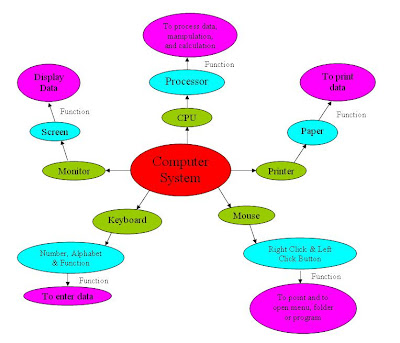Storytelling
- From the website, find ICDL-International Children's Digital Library.
- Then Read Books on Waldo one, two, three.
Activity: Find story from website that related to concept Maths & Science
H/W: Post the story into the blog.
My Story is
Up in the Sky by David Lumerman
From the story, students can identify day and night, which there are 24 hours in a day.
The day is divided into "day (time)" and "night (-time)". Daytime is from sunrise (this varies, but we can say approximately 6am) to sunset (we can say approximately 6pm). Night-time is from sunset to sunrise.
Every day starts precisely at midnight. AM (Ante-Meridiem = before noon) starts just after midnight. PM (Post-Meridiem=after noon) starts just after midday. This means that 12am and 12pm have no meaning.
Students may also study The Water Cycle: Precipitation which water released from clouds in the form of rain, freezing rain, sleet, snow, or hail. It is the primary connection in the water cycle that provides for the delivery of atmospheric water to the Earth. Most precipitation falls as rain.
Students may also study about Rain and Rainbow. Therefore, students study different types of weather.
The Story
When you look into the sky, what do you see?
I see the sun shining right down on me!

When it's cloudy outside the sun goes away.

With clouds around, it might rain all day.

After the rain what do we see?
A rainbow comes out as big as can be!

Look in the sky, it gets dark soon...
...when it's dark enough you can see the moon!

Look again and you will see, the stars in the sky...

...just in time to say goodbye!









